Safety Guidelines to Prevent Parking Lot Accidents
About 20 percent of all reported vehicle collisions happen in parking lots, according to the Insurance Institute for Highway Safety. In addition, drivers sometimes hit pedestrians and bicyclists. Parking in ways that reduce safety for handicapped individuals is a common problem as well. Many of these incidents cause serious harm. Accidents in parking lots can be avoided when everyone follows safety guidelines.
Consequences
Although it might seem that these would mostly be minor incidents, many people are seriously injured every year in parking lot accidents. The National Safety Council says about 50,000 parking lot collisions happen each year. That results in around 60,000 people being injured and hundreds of fatalities. A large amount of property damage occurs.
Strategies for Preventing Accidents
Moving Forward
When a driver must back out of a parking space, this increases the risk of a collision compared with moving forward. Although needing to back up is not always avoidable, drivers can boost safety by choosing spots where two back-to-back spaces are open and moving forward into the second one. Most parking lots are designed this way, with rows of spaces in parallel lines instead of angles.
Traveling Slowly
Traveling slowly and carefully through lots is essential, but some drivers insist on zipping along at a fast pace. Instead of staying within aisles between spaces, they drive diagonally across painted lines. Everyone must brake for this vehicle. If the fast-moving driver isn’t paying enough attention, the risk is high of striking a car, or a person on foot or on a bicycle.
Paying Attention
Distracted driving has always been a problem in parking lots and on roads, but the advent of the cellphone has made this a much larger issue. Even when moving slowly through a parking area, drivers can easily hit cars and pedestrians if they are looking at a phone screen.
Cooperating With the Lot Design
Some drivers ignore the painted lines near handicap parking spaces intended to create a wide area around the vehicle. When these individuals park too close to a van or other vehicle there, they make it difficult for the physically challenged person to get back in. Extra open area is necessary for wheelchairs and walkers. Someone using a walker and trying to climb back inside is at greater risk of falling when space is tight.
For Pedestrians and Bicyclists
Pedestrians and bicyclists sometimes share a significant amount of the responsibility when they are injured. It’s tempting to take shortcuts through busy parking areas instead of sticking with designated crosswalks. Drivers usually don’t expect to see someone on foot or on a bike darting between parked vehicles. Anyone choosing to cut through a lot this way must be attentive and observant the entire time, rather than chatting on a phone or reading text messages.
Staying Safe
When drivers, pedestrians and bicyclists follow essential safety guidelines, they can avoid minor and major accidents in parking lots. Drivers must be cautious and observant. They can avoid the need to back up whenever possible. Parking within designated spaces instead of ignoring painted lines is essential for protecting handicapped individuals. People on foot and riding bikes also must exercise caution and attention to prevent unwanted consequences.
Questions? ASK THE LAWYER. Call 855-768-8845 or schedule an appointment at www.askthelawyer.us. The lawyer you hire does make a difference!


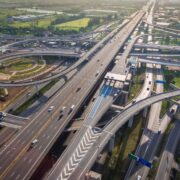
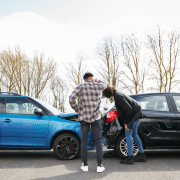

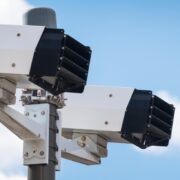
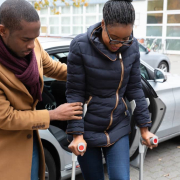

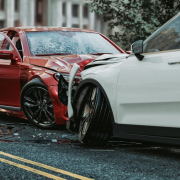
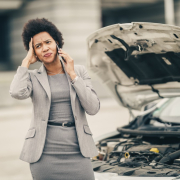


Leave a Reply
Want to join the discussion?Feel free to contribute!